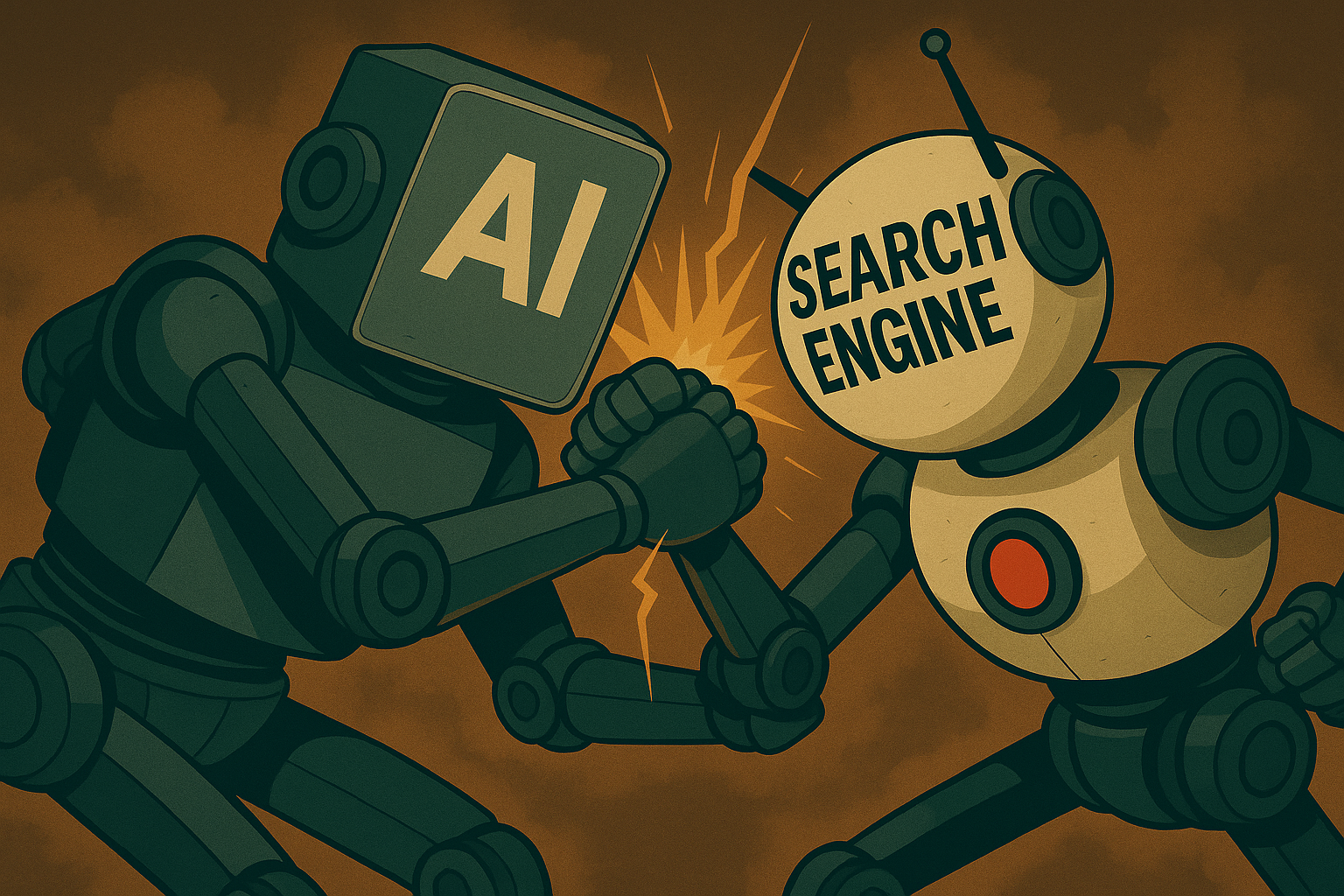
With the significant growth of AI assistants like ChatGPT, Gemini, Claude, and Perplexity, more users are bypassing traditional search engines in favor of direct answers. And that shift is fundamentally changing how content is discovered, evaluated, and surfaced.
So what does that mean for your content strategy?
Below, we’ll explore how SEO and AI search differ, and how to adjust your strategy to stay visible in both.
SEO vs. AI: Two Very Different Search Models

Search engines like Google are evolving — incorporating AI overviews and answer snippets — but they’re no longer the only destination.
AI tools:
That means even great blog posts may never get surfaced unless they’re written in a way AI can understand and trust.
To stay visible, you need to write for humans and machines, especially machines trained to explain things clearly.
Here’s how:
Structure matters. Use:
LLMs don’t look for keywords — they look for meaning. Use:
AI models reference:
Build your reputation by getting published or quoted on high-authority sites, and by covering a niche thoroughly and clearly.
LLMs crawl popular publishing hubs. Repurpose content on:
These channels boost both discoverability and perceived authority.
You don’t have to abandon SEO, but you do have to adapt. Here’s a smart approach:

We’re entering a hybrid world — one where traditional search and AI-driven discovery coexist.
To thrive, your content must:
A good rule of thumb is not to just write to rank. Write to be remembered by REAL people and the AI that serve them.
If you want to learn more about this topic, schedule a FREE consultaton with us below!